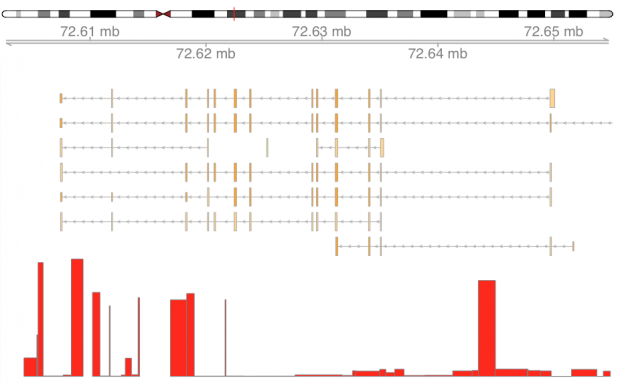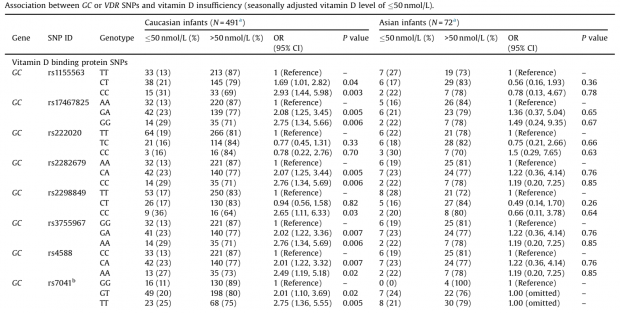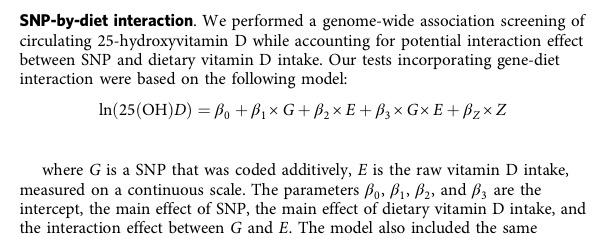Die Arzneimittelkommission der deutschen Ärzteschaft warnt
Eine 78-jährige Patientin (A) und ein 60-jähriger Patient (B) hatten sich eigenständig Vitamin-D-haltige Präparate besorgt und täglich hohe Dosen (A: Vitamin D3 10.000 IE/d; B: „Vitamin D“ 50.000 IE/d) eingenommen. Beide entwickelten ein akutes Nierenversagen bei ausgeprägter Hyperkalzämie (A: 3,42 mmol/l; Referenzbereich: 2,15–2,58 mmol/l; für B liegt genauer Wert nicht vor). Hinweise auf alternative Ursachen wie primären Hyperparathyreoidismus, Sarkoidose oder Tumorerkrankung gab es nicht. Der Zustand der Patientin A besserte sich unter forcierter diuretischer Therapie und peroraler Kortisongabe. Patient B entwickelte schwere Komplikationen und hat eine dialysepflichtige Niereninsuffizienz davongetragen (Nierenbiospie: schwerer tubulärer Schaden mit Mikroverkalkungen, passend zu hyperkalzämischer Schädigung).
Damit also Warnung vor Coimbra Protokoll und vor vitamind.net (David Rotter, Jörg Schweikart, u.a.). Eine Hochdosistherapie ist nur bei nachgewiesenem genetischen Defekt der Vitamin D Konversionsenzyme indiziert.







